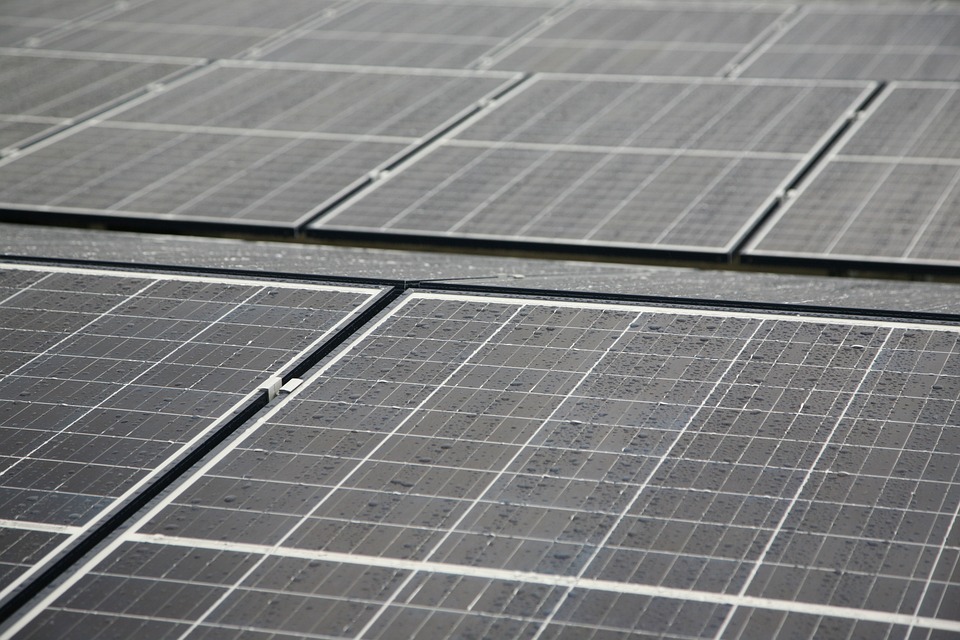What Is Hawaii’s Climate? A Guide to the Islands’ Unique Weather Patterns
Hawaii, an archipelago located in the central Pacific Ocean, is renowned for its stunning natural beauty and diverse ecosystems. The islands experience a tropical climate characterized by mild temperatures and distinct seasonal patterns, influenced significantly by trade winds and geographical features.
1. General Climate of Hawaii
– Tropical Climate: Hawaii’s climate is predominantly tropical, with warm temperatures that show minimal variation throughout the year. Average daytime temperatures range from 73°F to 89°F (23°C to 32°C), making it a comfortable destination year-round.
– Trade Winds: The northeast trade winds play a crucial role in moderating temperatures and humidity levels. These winds provide cooling breezes that help maintain pleasant weather conditions, especially during the warmer months.
– Two Primary Seasons: Hawaii has two main seasons: a warm, dry season from May to October and a cooler, wetter season from November to April. Despite these distinctions, both seasons are relatively mild compared to many other regions.
2. Seasonal Climate Patterns in Hawaii
– Dry Season (Summer):
– Lasting from May to October, this season sees average temperatures between 80°F and 89°F (27°C to 32°C).
– Rainfall is minimal, particularly on the leeward (western) sides of the islands, making it a prime time for outdoor activities and beach tourism.
– Wet Season (Winter):
– From November to April, temperatures average between 73°F and 82°F (23°C to 28°C).
– This period is marked by increased rainfall, especially on the windward (eastern) sides of the islands, where lush vegetation thrives.
– Winter also brings occasional storms and larger surf conditions on northern shores.
3. Hawaii’s Microclimates
– Windward vs. Leeward Sides: The windward sides of the islands receive significantly more rainfall due to orographic lift as moist air ascends mountains, leading to lush landscapes. Conversely, leeward sides are drier and sunnier.
– Mountainous Regions: Higher elevations, such as Mauna Kea and Mauna Loa on the Big Island, experience cooler temperatures and even occasional snowfall during winter months.
– Desert-Like Areas: Certain regions, like parts of leeward Maui, have semi-arid climates with very little rainfall.
4. Climate Impacts on Hawaii’s Ecosystems and Lifestyle
– Lush Rainforests and Waterfalls: The wetter windward areas support dense tropical vegetation and numerous waterfalls, contributing to Hawaii’s biodiversity.
– Beaches and Coastal Activities: The warm climate allows for year-round outdoor activities such as surfing, hiking, and beachgoing.
– Agriculture: The climate is conducive for growing a variety of crops like coffee, sugarcane, and tropical fruits in areas with adequate rainfall.
5. Effects of Climate Change on Hawaii
– Rising Sea Levels: Coastal areas face threats from rising sea levels due to climate change, which can lead to erosion and impact infrastructure as well as tourism.
– Coral Bleaching: Warmer ocean temperatures have led to coral bleaching events that threaten marine biodiversity essential for tourism and local fisheries.
– Increased Storm Intensity: Changes in climate patterns may lead to more intense storms and altered rainfall distribution, affecting water resources and agriculture.
FAQs
– What is the best time to visit Hawaii for good weather?
The dry season from May to October is generally considered the best time for good weather.
– How much does it rain in Hawaii?
Rainfall varies dramatically; some areas receive over 300 inches annually while others may get less than 20 inches.
– Are there different climates on each island?
Yes, each island has its unique microclimates influenced by topography and trade winds.
– Does Hawaii ever get snow?
Yes, snow can occur at higher elevations on Mauna Kea and Mauna Loa during winter months.
– How do trade winds influence Hawaii’s climate?
Trade winds bring moisture from the ocean and help moderate temperatures across the islands.
– What are the main impacts of climate change on Hawaii?
Key impacts include rising sea levels, coral bleaching, increased storm intensity, and changes in precipitation patterns.
Conclusion
Hawaii’s tropical climate is characterized by mild temperatures year-round, moderated by trade winds that create unique microclimates across the islands. With distinct wet and dry seasons, Hawaii remains a popular destination for outdoor enthusiasts. However, ongoing climate change poses significant threats that necessitate careful management to preserve this paradise’s natural beauty and cultural heritage.

Kyle Whyte is a notable scholar and professor at the University of Michigan, holding positions such as the George Willis Pack Professor in the School for Environment and Sustainability and Professor of Philosophy. Specializing in environmental justice, his work critically examines climate policy and Indigenous peoples’ ethics, emphasizing the nexus between cooperative scientific endeavors and Indigenous justice. As an enrolled Citizen Potawatomi Nation member, he brings a vital perspective to his roles as a U.S. Science Envoy and member of the White House Environmental Justice Advisory Council. His influential research is supported by various prestigious organizations including the National Science Foundation, and disseminated through publications in high-impact journals. Kyle actively contributes to global Indigenous research methodologies and education, with affiliations to numerous institutes and societies dedicated to traditional knowledge and sustainability. Recognized for his academic and community engagement, Kyle has earned multiple awards and served in various visiting professorships. His efforts extend to leadership positions on boards and committees focused on environmental justice nationwide.
